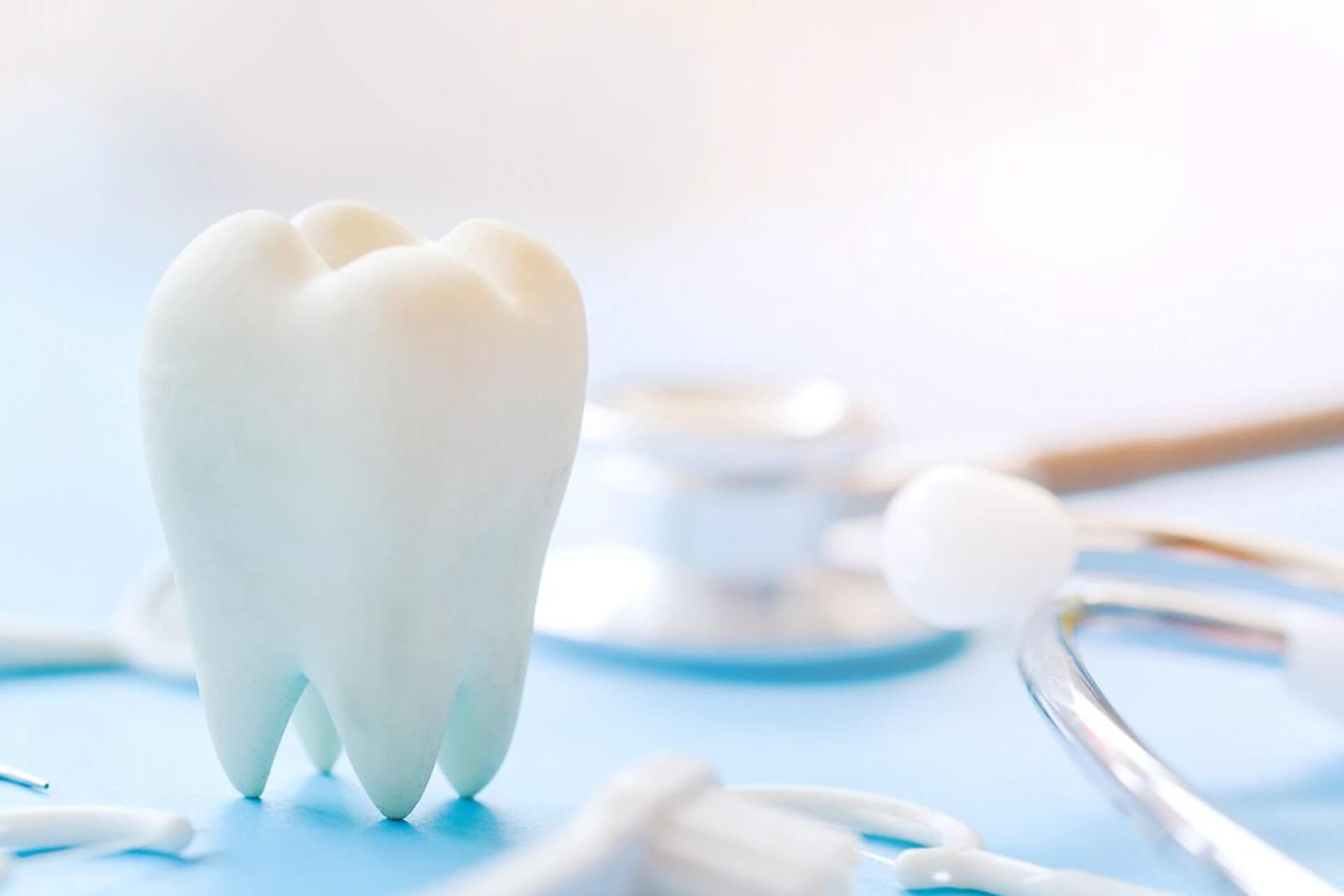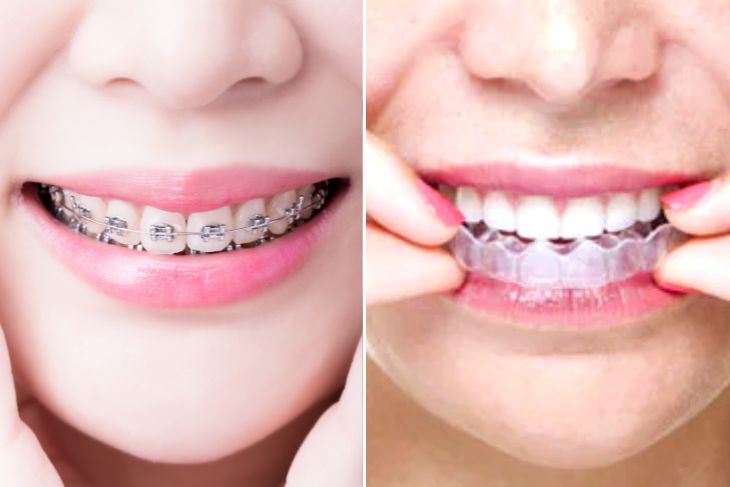
Comparison Between Traditional Braces Treatment And Newer Clear Aligners

Orthodontic treatment has come a long way over the past few decades, and patients today have a range of options to choose from. Two of the most popular options for straightening teeth are traditional braces and clear aligners. While both treatments can achieve excellent results, there are significant differences between the two. In this blog, we will compare traditional braces and clear aligners to help you make an informed decision about which treatment is right for you.
Traditional Braces
Traditional braces have been around for decades and have a long history of successfully straightening teeth. They are made up of metal brackets that are bonded to the teeth, and wires that are attached to the brackets with small rubber bands. The wires are tightened at regular intervals to gradually move the teeth into the desired position. The braces are adjusted by an orthodontist, who will tighten the wires and change the rubber bands as needed.Pros:
- Effective for complex cases: Traditional braces can be more effective than clear aligners for complex cases, such as correcting severe bite issues or rotting teeth.
- Fixed and non-removable: Traditional braces are fixed to your teeth, which means you don't have to worry about losing or misplacing them.
- Cost-effective: Traditional braces are typically less expensive than clear aligners, making them a popular choice for patients on a budget.
Cons:
- Aesthetics: Traditional braces are visible and can make some patients feel self-conscious about their appearance.
- Discomfort: The wires and brackets of traditional braces can cause discomfort and irritation, particularly in the first few weeks of treatment.
- Oral hygiene: Cleaning around the brackets and wires can be challenging, and patients need to take extra care to prevent tooth decay and gum disease.
Clear Aligners
Clear aligners are a relatively new option for orthodontic treatment. They are made of clear, BPA-free plastic and are custom-made to fit over your teeth. The aligners are designed to gradually shift your teeth into the desired position, and you will receive a new set of aligners every few weeks. Clear aligners are typically worn for 20-22 hours per day and removed for eating and brushing.Pros:
- Aesthetics: Clear aligners are virtually invisible, making them a popular choice for patients who are concerned about their appearance during treatment.
- Comfort: Clear aligners are generally more comfortable than traditional braces, as they do not have wires or brackets that can irritate.
- Oral hygiene: Clear aligners are removable, which makes it easier to clean your teeth and gums.
Cons:
- Limited treatment options: Clear aligners are not suitable for all types of orthodontic cases, and some complex cases may require traditional braces.
- Cost: Clear aligners can be more expensive than traditional braces, making them a less appealing option for some patients.
- Responsibility: Since clear aligners are removable, patients need to be responsible for wearing them for the recommended amount of time each day.



